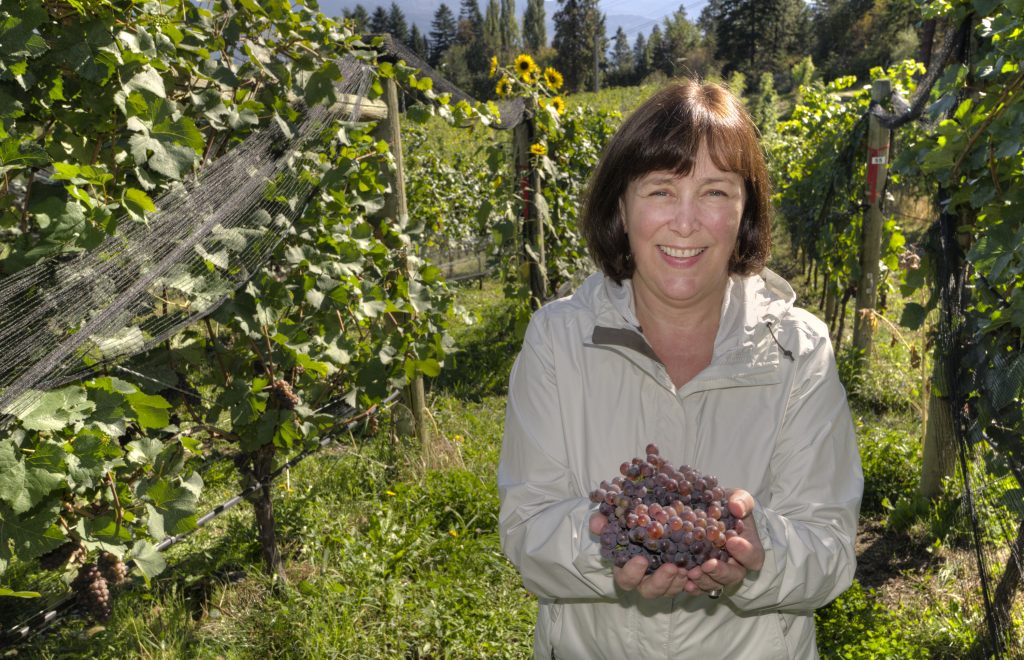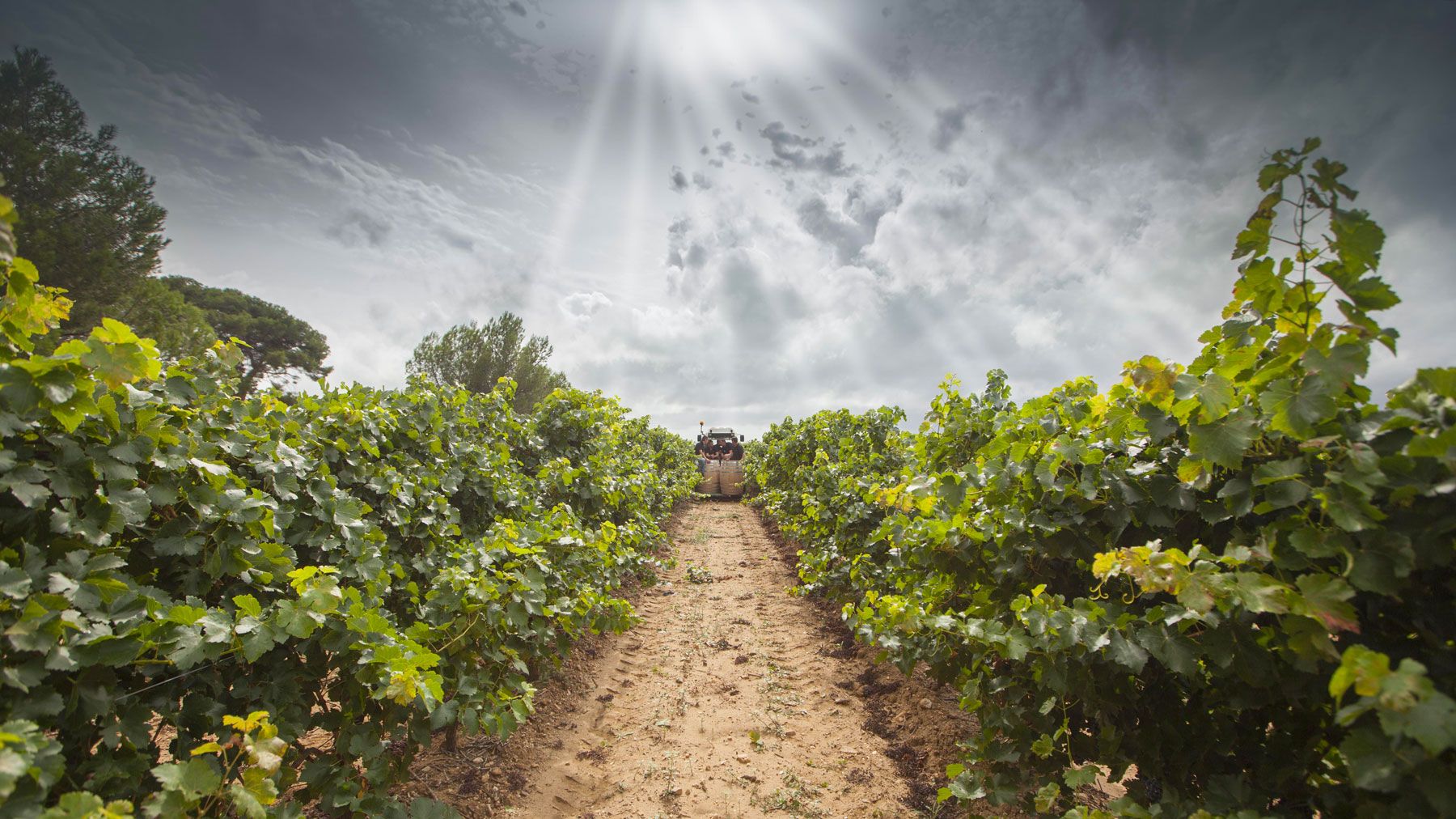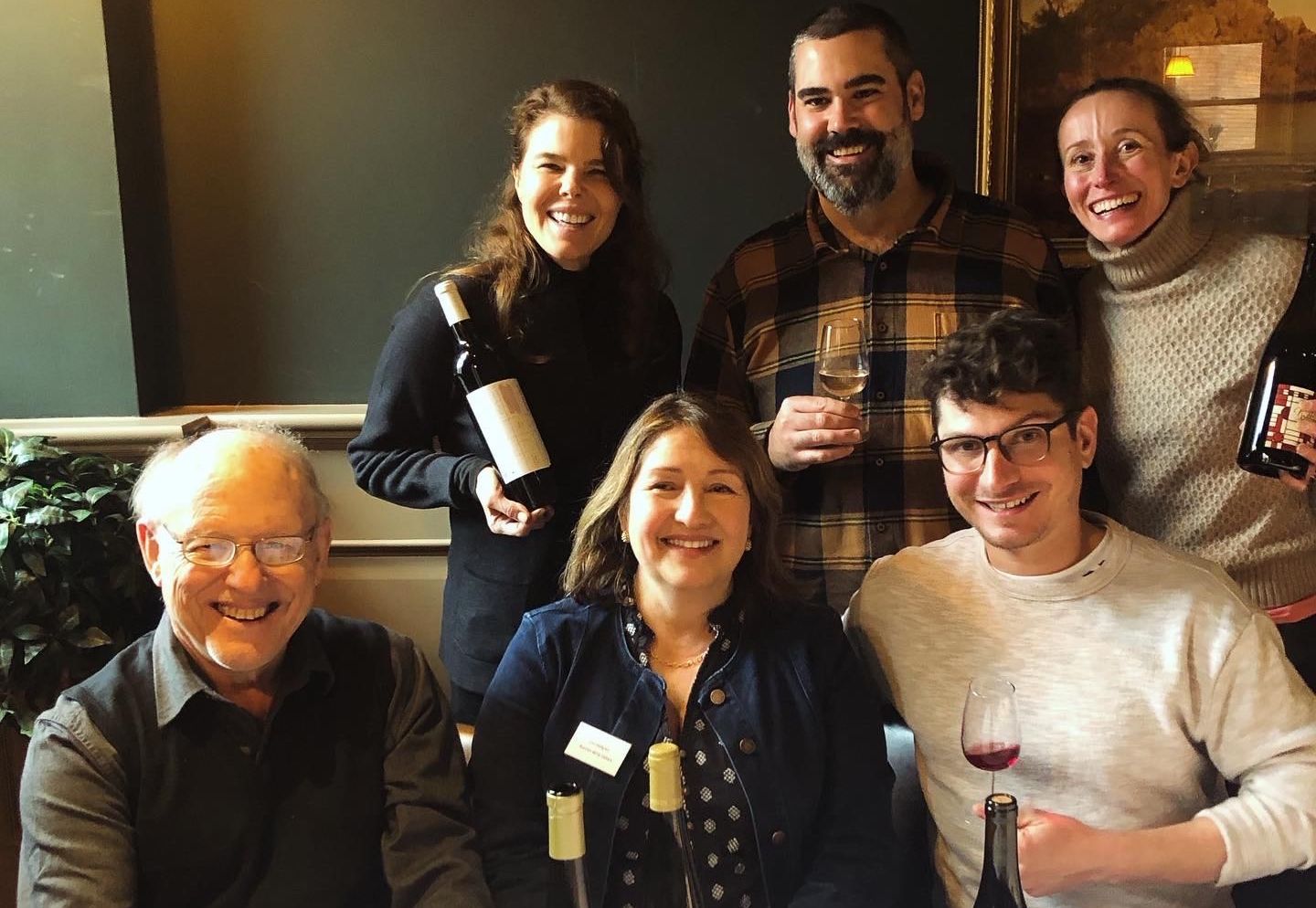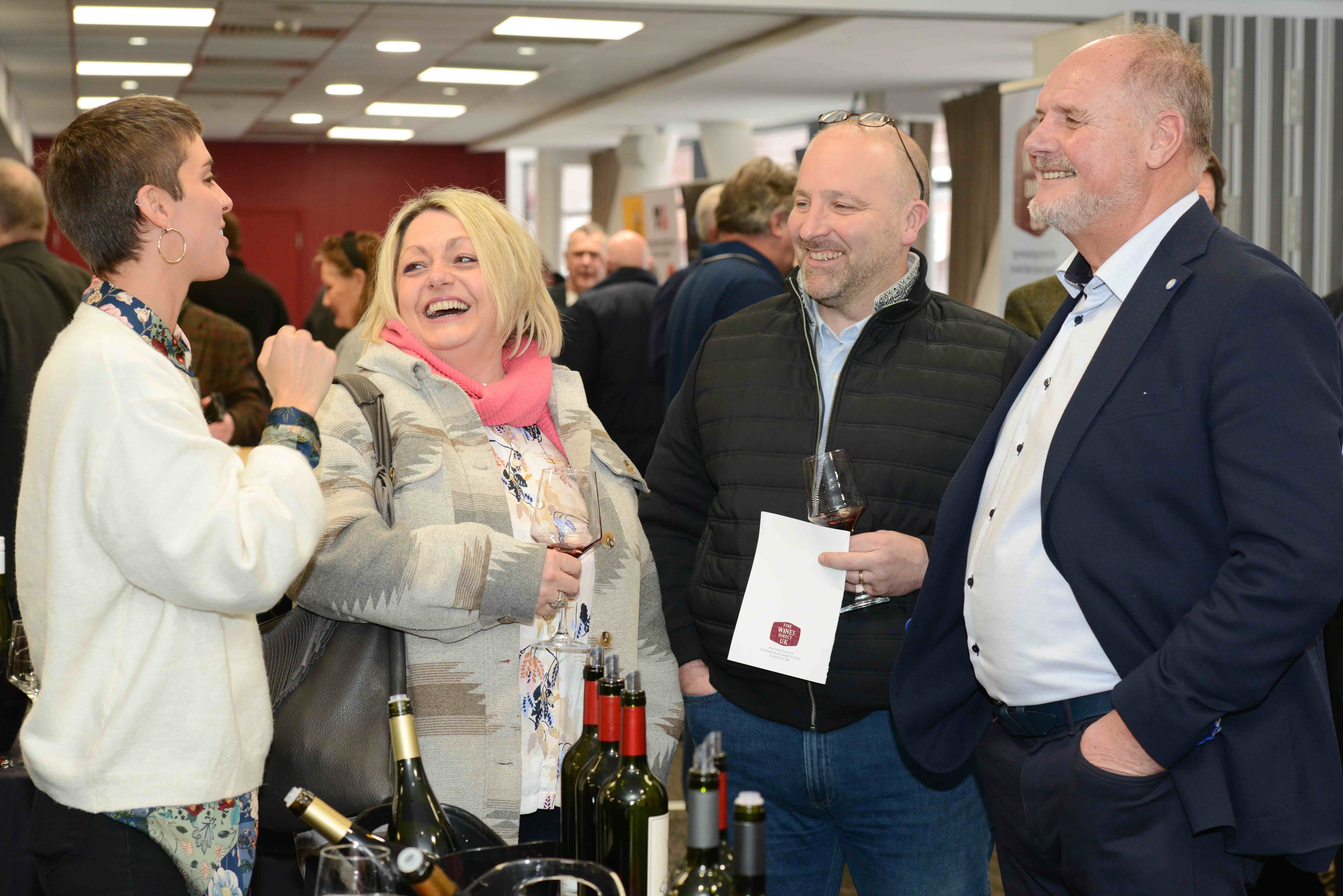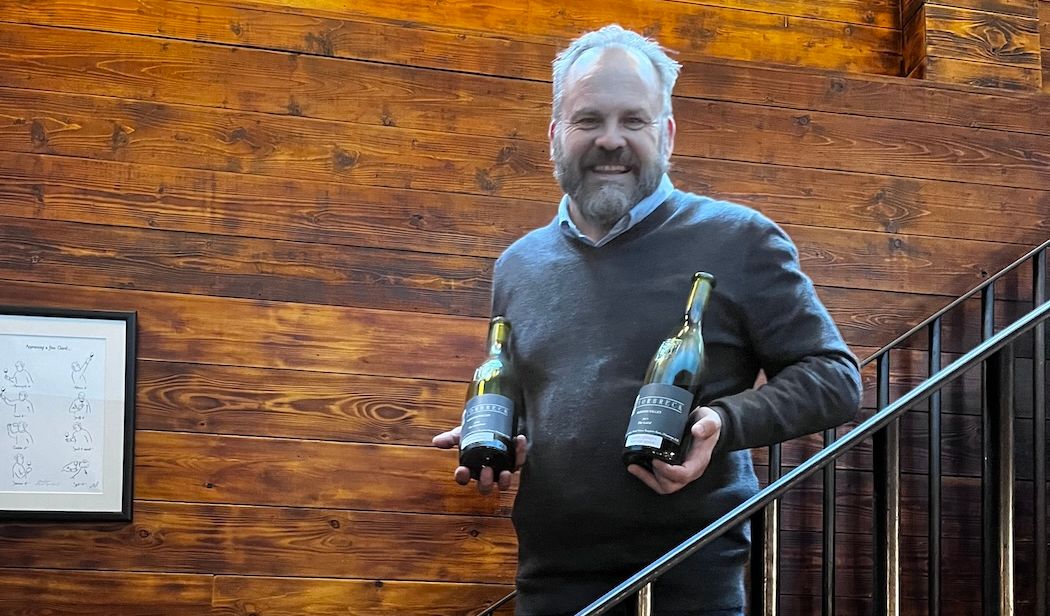Christine Coletta hopes her Okanagan Crush Pad Winery can bring truly distinctive Canadian wines to the UK on-trade for for herself and other start-up wineries
Explain your own personal background.
I started my career in the restaurant business, which of course pointed me into the world of wine. As it turns out, I was Vancouver’s first female bar manager (the term ‘sommelier’ was not a known title back in 1975.) After many years in the food and beverage world, focused on marketing and front of house service, I took a contract working for the Canadian government. During this period, the government was helping the fledgling British Columbia wine industry form a trade association. I was asked to head that initiative.
How and why did you get in to wine?
After volunteering with several groups that organised wine trade events and educational sessions and wine festivals, I formally got into the wine business as the executive director of the British Columbia Wine Institute in 1990.For nine years I managed domestic and export marketing initiatives, trade and media relations and retail programming. During this period I did work stints with various wineries and made a point of doing all tasks related to growing grapes, harvest, processing, packaging and selling.
I came away with a clear understanding that vineyard and winery ownership was a labour of love and made a mental note to avoid it. I then spent the next 10 years as a consultant to domestic wineries and worked with several trade associations, the last one being Wines of Chile.
During the time I spent in Chile, I had a growing sense that I really wanted my own land and to craft my own wine. My husband rejected my half-hearted attempt to buy land in the Leyda Valley, so the Okanagan became the target.
It started innocently with a drive down a scenic road to check out an old apple orchard. The orchard became a vineyard in 2006 and a 30,000 case winery was built on the site in 2011.
Talk us through how you came up with the Okanagan Crush Pad concept?

The very stylish setting for the Okanagan Crush Pad Winery
David Scholefield, who is a family member and involved in the winery, spent 25 plus years as a wine buyer for the British Columbia Liquor Board. In many parts of the world, a shared winery work space is common. It had not been done in British Columbia, because our archaic wine production laws did not allow it.
We really wanted to bring that concept to British Columbia, as it made sense financially for both us and our clients. We found a loop-hole in the regulations and with the aid of a lawyer, crafted an agreement that passed scrutiny. Because the space was shared, we could build it larger than our immediate needs, buy the best equipment and employ the best viticulture and winemaking talent.
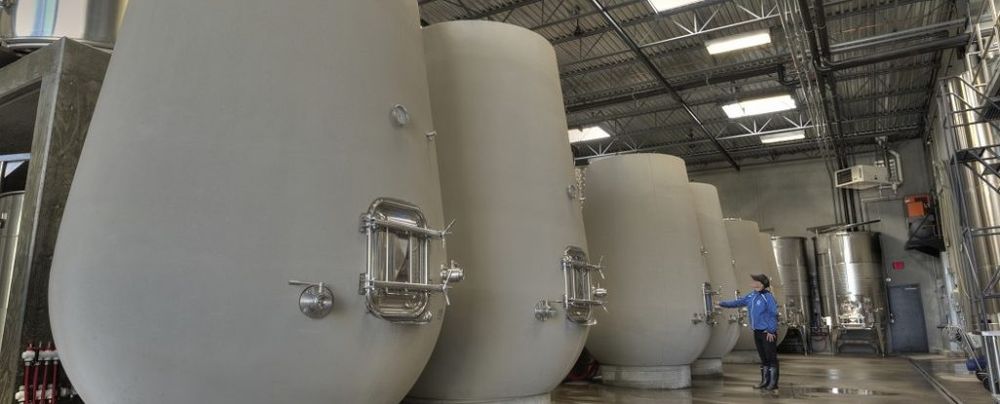
Collaboration is the name of the game at Okanagan Crush Pad Winery
How does it work?
Clients are typically grape growers who want to start their own winey, but lack the expertise and perhaps the cash flow to leap in with both feet. We allow them to develop organically, with expert support, to meet market demand. They can build from a small base and increase production as the market demands. Typically when they reach around 5,000 cases it makes sense to move into their own space. There is a constant rotation of clients and to date we have helped launch 12 new wineries.
Do you have growers wines and also your own wines?
Yes, we have our own labels (Haywire and Narrative) and a collection of wines from growers.
How has that evolved?
When we started, our own production was one third. Today, our own wines take up 60% of the cellar capacity of 30,000 cases.
You make a lot of natural wine? Why is that?
Natural is a means to the end goal. Our aim is to create regional wines that showcase the Okanagan Valley. It is a spectacular place. The valley is a dry desert landscape, with a short intense growing season and very few pest impacts. It is easy to grow organically here and to produce wines with great fruit flavours, juicy acidity, texture and lushness.
The wine world is all chasing the label “cool climate”. Well we have that in spades. We make natural wine as it is the purest expression of vintage and vineyard.
All our wines are made in concrete or amphorae and we have not used oak since the 2012 vintage. If we do use oak in the future, we will purchase large, neutral barrels. All our wines are made with wild yeast fermentation, a process we started in 2012.
The winery building is made of concrete and was new in 2011 so it took us a few years to build up our own house yeast.
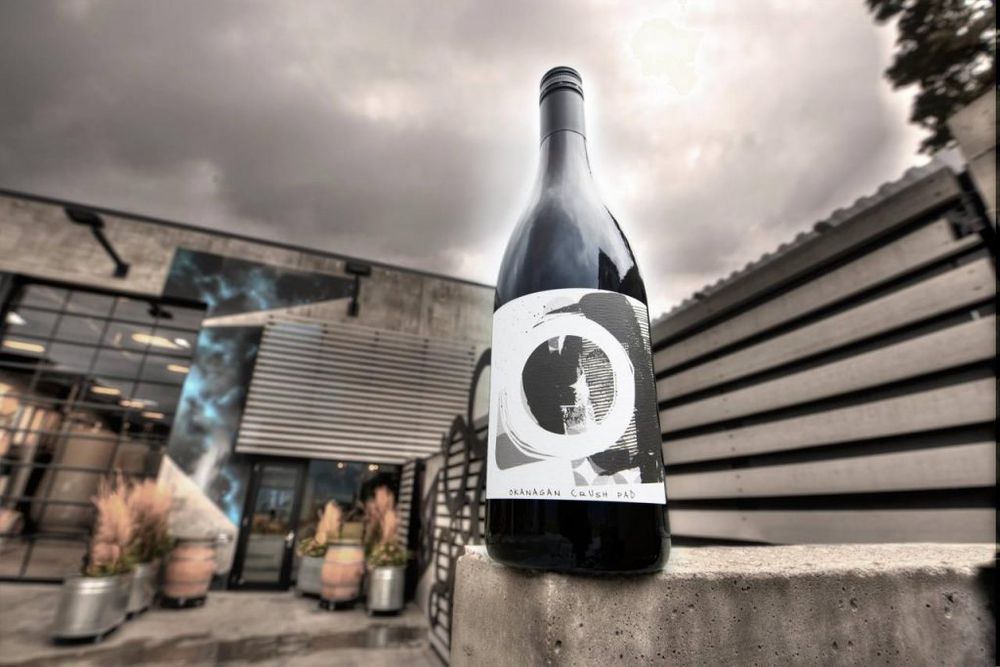
Talk us through the Haywire brand. How did that come about and what does it involve?
Haywire is an old Canadian farming term and one that my family always used.Farmers could fix anything with a little bit of haywire, but it was difficult to handle. It became a term associated with unpredictable behaviour. Given that my husband and I were reaching retirement age, it seemed an appropriate name for our wine.
How has the business grown?
We have grown from 168 cases in 2010 to 18,000 cases.
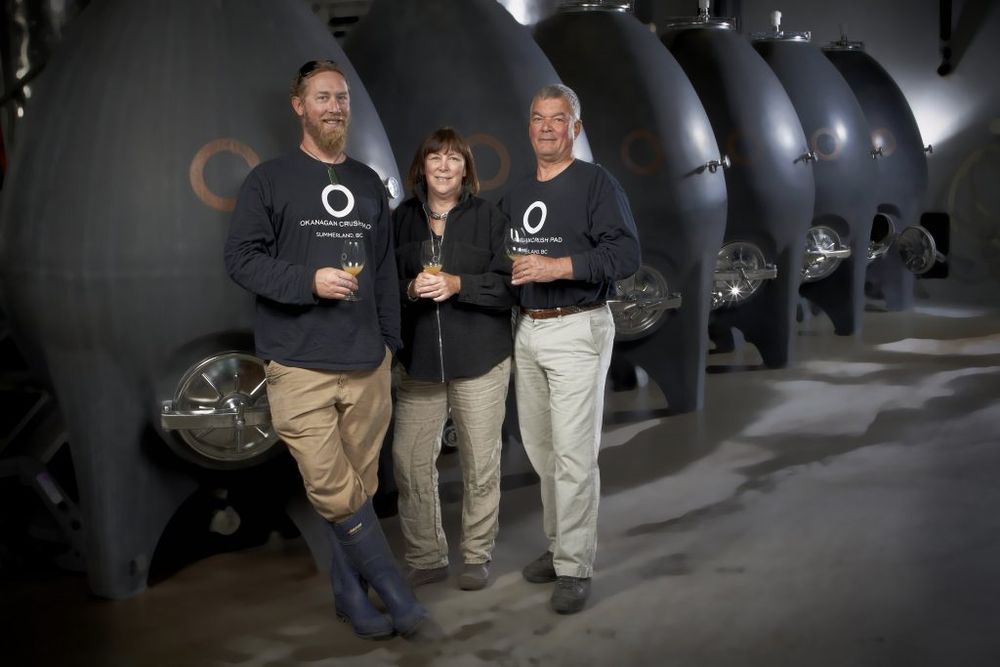
Chief winemaker Matt Dumayne, Christine Coletta (owner) and Steve Lornie (owner).
What are your key export markets?
At the moment we sell everything in our home market. But we are focusing efforts to the UK. I believe our style of wine will be appreciated there. While consumers love to say they want vineyard inspired wines, in many markets they have yet to get to understanding that great wines do not need to be oak-aged bombs. We feel that the UK palate is in sync with the style of wine we are crafting.
The UK is where the world of wine is and you are a tough bunch. Trade and consumers will not settle for anything less than outstanding wineand I want to be pushed.
Who are you working with in the UK?
We have hired Emma Wellings to help us navigate the market. We are closing in on appointing an importer/distributor. But it is small steps. We need to make sure that the market wants what we have.
If you were selling your wine how would you describe them to a customer?
Pure, vineyard inspired cool climate wines from Canada’s Okanagan Valley, a rare and special place.
What point of difference do you think your wines have in the market place?
Canada, Okanagan Valley, organic grapes, wild fermentation, minimal winemaking inputs, Alberto Antonini and Pedro Parra – quintessential cool climate.
Anything else you would like to add?
We are at the beginning of our journey with respect to growing and crafting wines of origin. We are really humbled by the work that other vintners have done to create a movement for wines of place and the energy that has gone in to enlightening consumers about the difference between natural wines and those that are homogenised, commercially produced.
- The Canada Trade Tasting takes place at Canada House, Trafalgar Square, London between 11am and 5pm on May 24. It includes a masterclass by Jamie Goode on his take on Canadian wines. Register here.
